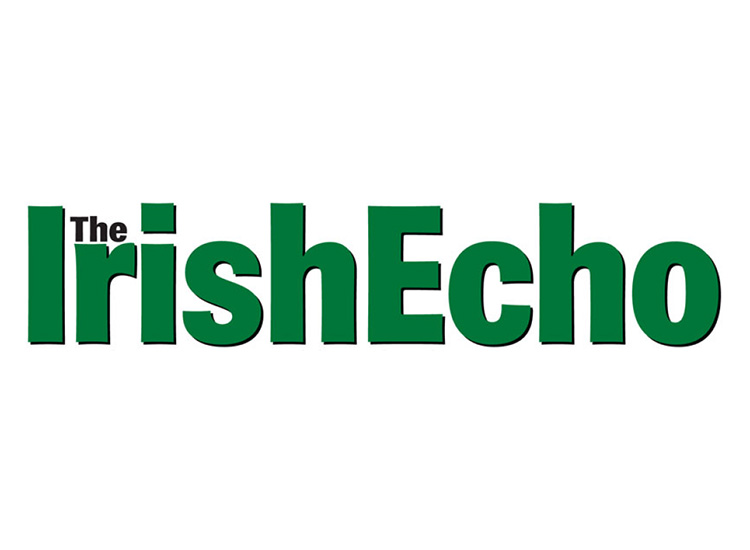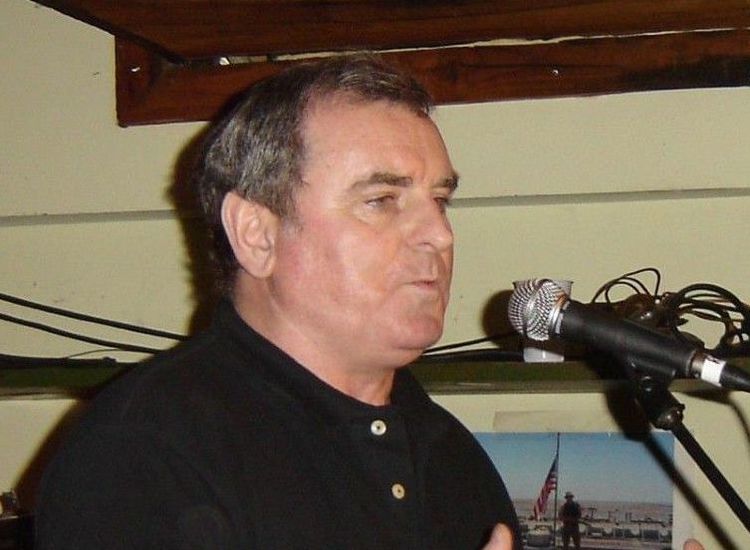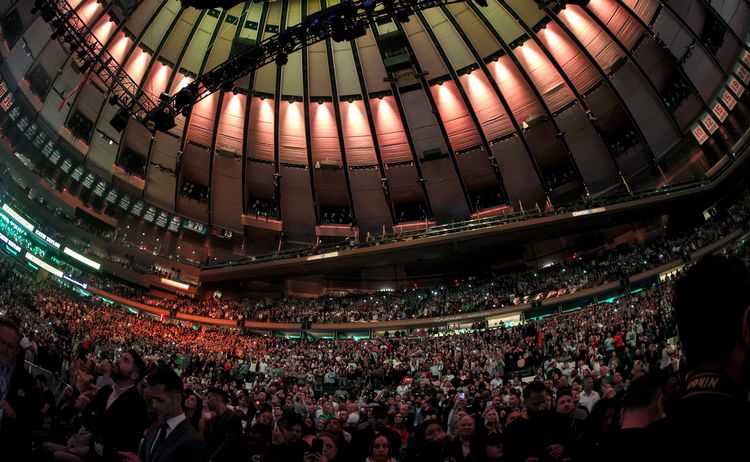General Michael Collins inspecting the troops in 1922.
By Aidan Beatty
At the height of World War II, Palestine became one of the most important holdings in the British Empire: it secured the eastern approaches to the Suez Canal as well as providing strategically important access to the Eastern Mediterranean and to the Red Sea. For many Jewish nationalists, however, the continued British presence in what they saw as their Biblical homeland was intolerable. While moderate and left-wing Zionists, recognising the dangers of Nazism, were unwilling to break with the British, those on the radical right saw things differently. Organisations like Ergun Tzvai Leumi (ETZEL, the National Military Organisation) and Lochamei Herut Israel (LEHI, The Freedom Fighters of Israel) initiated a wave of anti-British violence that would continue into the immediate post-war period. Both groups searched for examples to emulate: they wanted to know how best to fight the British on the home front while they were distracted with war elsewhere and many of these right-wing Zionists looked to Irish history for lessons in all this.
Avraham Stern, the leader of LEHI (also known as the Stern Gang) proceeded to translate P.S. O’Hegarty’s 1924 book “The Victory of Sinn Fein” into Hebrew, hoping it would illuminate their actions. One of Stern’s followers, Yitzhak Shamir, an Israeli prime minister in the 1980s but a fugitive from the British in the 1940s, adopted the pseudonym Michael whilst on the run, in homage to Michael Collins. On the other end of the political spectrum, the Marxist Zionist group Ha-Shomer Ha-Tzair (The Young Guard) condemned the attempts to emulate the Irish. Accusing both groups of being fascists and terrorists, Ha-Shomer Ha-Tzair said “this is not the way the Irish won their freedom” and pointed to an obvious difference between Zionism and Irish nationalism: where most Jews still lived in the Diaspora and Palestine still had a predominantly Arab population, in Ireland the national struggle was that of “a people on its land.” There was a kind of patriotic jealousy at work here!
Palestine_Police_Force_Wanted_List_(Lehi)
A Palestine Police Force wanted poster with future Israeli Prime Minister Yitzhak Shamir, center,
a member of the Stern Gang who took the pseudonym Michael in homage to Michael Collins.
These differences aside, though, Irish nationalism and Zionism have actually shared a number of important similarities as well as points-of-contact: their contemporaneous peace processes; the centrality of Diasporas to Irish and Israeli nationalisms; the role of major traumas [the Famine and the Holocaust], in these identities; the political weight of Irish and Jewish communities in America; the tortuous relationship with the British Empire; and, of course, partition. In addition, both movements sought to revive ancient languages as part of their drive to create a prideful national identity. Both viewed agrarian labor and militaries as key means for national redemption. And leading figures of both movements had an active interest in the successes and failures of the other. In 1903, the famous Irish nationalist Michael Davitt returned from a visit to Kishinev in the Russian Empire. Having seen first hand the effects of a recent pogrom there, Davitt declared “I have come from a journey through the Jewish Pale, a convinced believer in the remedy of Zionism.” He claimed to see many similarities between British rule in Ireland and Russian treatment of Jews.
Several decades later, when Ireland held the presidency of the League of Nations, a number of leading Zionists, including the important Zionist intellectual Ze’ev Jabotinsky, visited Ireland in the hope of winning the de Valera government’s support for their cause. Robert Briscoe, then the only Jewish member of the Dáil, often acted as the mediator for these meetings. Yet Briscoe was also careful to warn these visitors “not to advocate partition of Palestine” explaining how de Valera did not react well to pro-Partition arguments. Briscoe and de Valera would later visit Israel together in the early 1950s. In his autobiography, Briscoe argued “there are far more bonds between Ireland and Israel than differences. We have both fought for and won our freedom. We have both sought to revive an ancient language and an ancient culture.”
Briscoe (along with many other Zionists and Irish nationalists) would have probably agreed with the very emotive views of Ireland’s Minister for External Affairs, Sean McBride, shortly after the founding of the State of Israel: “Our common suffering from persecution and certain similarities in the histories of the two races create a special bond of sympathy and understanding between the Irish and Jewish peoples.”
Dr. Aidan Beatty is the author of “Masculinity and Power in Irish Nationalism, 1884-1938,” which is published by Palgrave Macmillan this month. His website is aidanbeatty.com.











